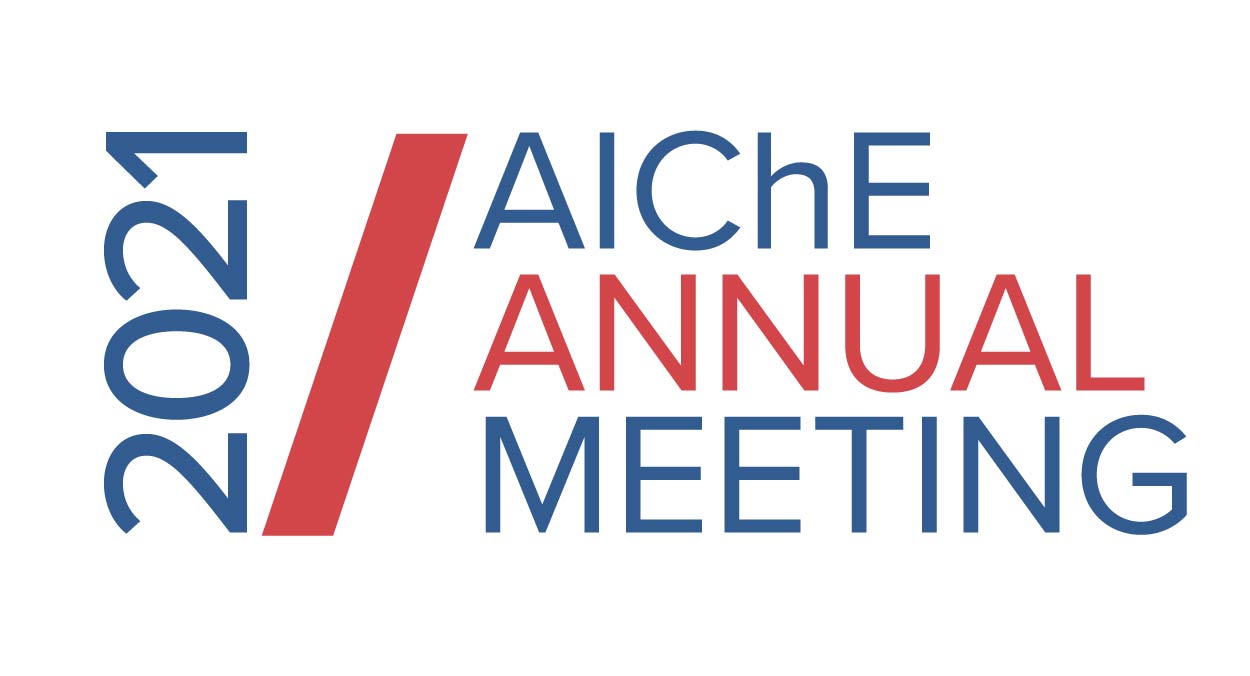

During infection, the C. diff pathogen produces two large virulent toxins (Toxin A and B) that share 71% sequence homology. The glucosyltransferase domain (GTD) of these toxins acts by binding UDP (Uridine diphosphate)-glucose, hydrolyzing it into glucose and UDP, and attaching the glucose monomer to the human Rho family of GTPases. Glycosylation of the GTPases by TcdA and TcdB GTDs leads to disruption of the cytoskeleton, apoptosis and cell death.
The objective of this project is to computationally design peptide inhibitors that bind with high affinity and specificity to the glucosyltransferase domain of C. diff toxins A and B to inhibit its activity. We have been successful in developing a proof-of-concept disruptive computational approach to design peptides that bind to a biomolecular target with high affinity. Our peptide search algorithm employs Monte Carlo methods, self-consistent mean-field theory, and the concerted rotation (CONROT) technique to search for peptides in sequence and conformation space that bind to a target protein. The starting input structure for the algorithm requires a reference ligand which is usually an experimentally determined peptide sequence that has a good binding affinity to the target protein.
We have discovered two peptides inhibitors, NPA and NPB, using EGWHAHTGGG (Kd = 100 nM) as the reference ligand, a peptide identified by the Feig lab using phage display. Simulations of NPA and NPB at the binding site of Toxin A show that they have a high affinity for the toxin. We estimated the binding free energies for these peptides and found that they were better binders than the reference ligand. The peptides have shown good neutralization against Toxin A when tested in vitro in jejunum (intestinal) cells but showed no effect in colon cells. Current work is focused on furthering our understanding of the interaction of these peptides with the toxins, redesigning shorter peptide inhibitors for Toxin A, and discovering peptides that can bind to Toxin B.
